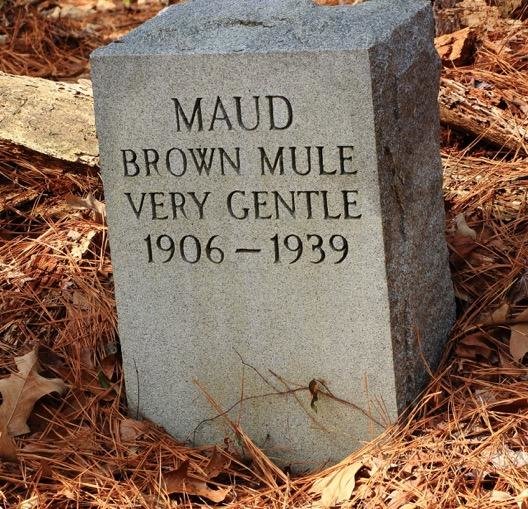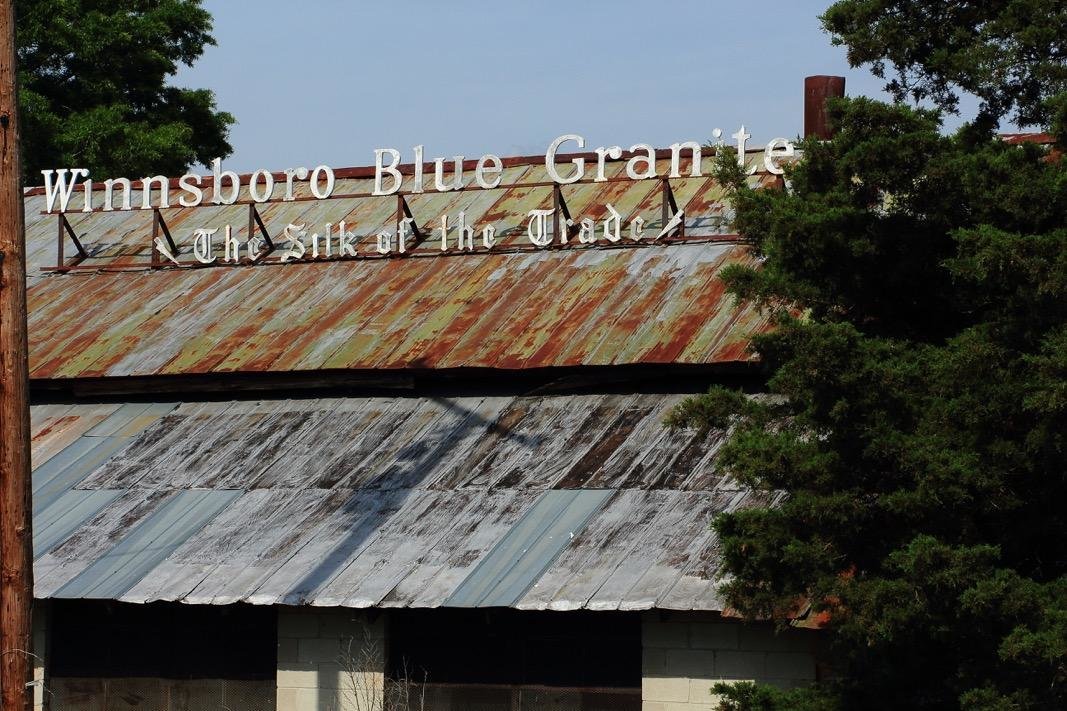The grandest slate of all
tompol@earthlink.net
Rocks preserve our feelings, record important things, and tell others that someone dear once walked this green earth.
To the dismay of some, rocks commemorate wars, but they’ve also elucidated …
This item is available in full to subscribers.
Subscribe to continue reading. Already a subscriber? Sign in
Get 50% of all subscriptions for a limited time. Subscribe today.
Please log in to continueNeed an account?
|
The grandest slate of all
tompol@earthlink.net
Rocks preserve our feelings, record important things, and tell others that someone dear once walked this green earth.
To the dismay of some, rocks commemorate wars, but they’ve also elucidated and educated us.
Teachers wrote on slate blackboards and students wrote on slate tablets in the famed one-room red schoolhouse back when penmanship mattered.
I see boulders spray painted with puppy love sentiments, but tombstones catch my eye the most. More often than not, they’re heavy, dense blue granite.
Among my favorite tombstones are those near Durham, North Carolina, where Fabius Page erected a cemetery for his beloved mules and horses. “Maud, Brown Mule, Very Gentle 1906-1939.” “Lulu, Bay Mule, Very Sweet.”
God bless Fabius Page. I suppose his granite tombstones came from Mount Airy, which boasts the world’s largest open-face quarry.
Here in Georgialina we can thank Elberton, Georgia, and Winnsboro, South Carolina, for blue granite. I’m no geologist, but I visualize massive veins of granite running from Elberton beneath Clarks Hill Lake, coursing beneath Abbeville, below Lake Greenwood, and on to Winnsboro where blue granite achieved fame as “The Silk of the Trade.”
Love that – referring to rock as silk. What imagery.
Seven years or so ago I trespassed into an abandoned quarry. Walls of granite surrounded me. A million suns sparkled all around me, yet I found myself in a massive mausoleum.
I shouted “Hello,” and a thousand hellos answered back. From such a place came the granite I’ve seen as fence posts, mailboxes, homes, memorials, and a front yard cemetery by the highway. There lives a fellow who’ll sell you a tombstone for dear old grandma.
My father bought his mausoleum with two chambers, one for him, one for Mom. They sleep forever side by side and dream blue granite dreams.
When I am home I talk to them. Through the mica, feldspar, and quartz, through rock once molten, my words make it through, and they hear their first-born again.
Blue granite ascends from Earth’s bowels to form the grandest slate of all. When Earth dies, when some apocalypse scorches all and the ice caps melt and the seas evaporate, granite markers will stand. Should aliens come they’ll know a cultured civilization once existed on this charred, blackened globe.
Granite’s memory, how indelible. I will forever remember James Agee’s words in Let Us Now Praise Famous Men, for there he described a cemetery in “Shady Grove, Alabama, 1936.” On a headstone he saw the likeness of a six-year-old girl. From it, he read nineteen words young parents had engraved into that stone that you, reader, will recall forever henceforth.
“We can’t have all things in life that please us. Our little girl, Jo Ann, has gone to Jesus.”
I like to think Jo Ann’s stone is blue granite. Blue as my father’s eyes, blue as his mausoleum catching and holding the light day after day until night takes it away only to gleam anew as the sun ascends bringing another day of life as it long has.
Keywords
down south, tom poland, maud, slateOther items that may interest you










Comments
No comments on this item Please log in to comment by clicking here